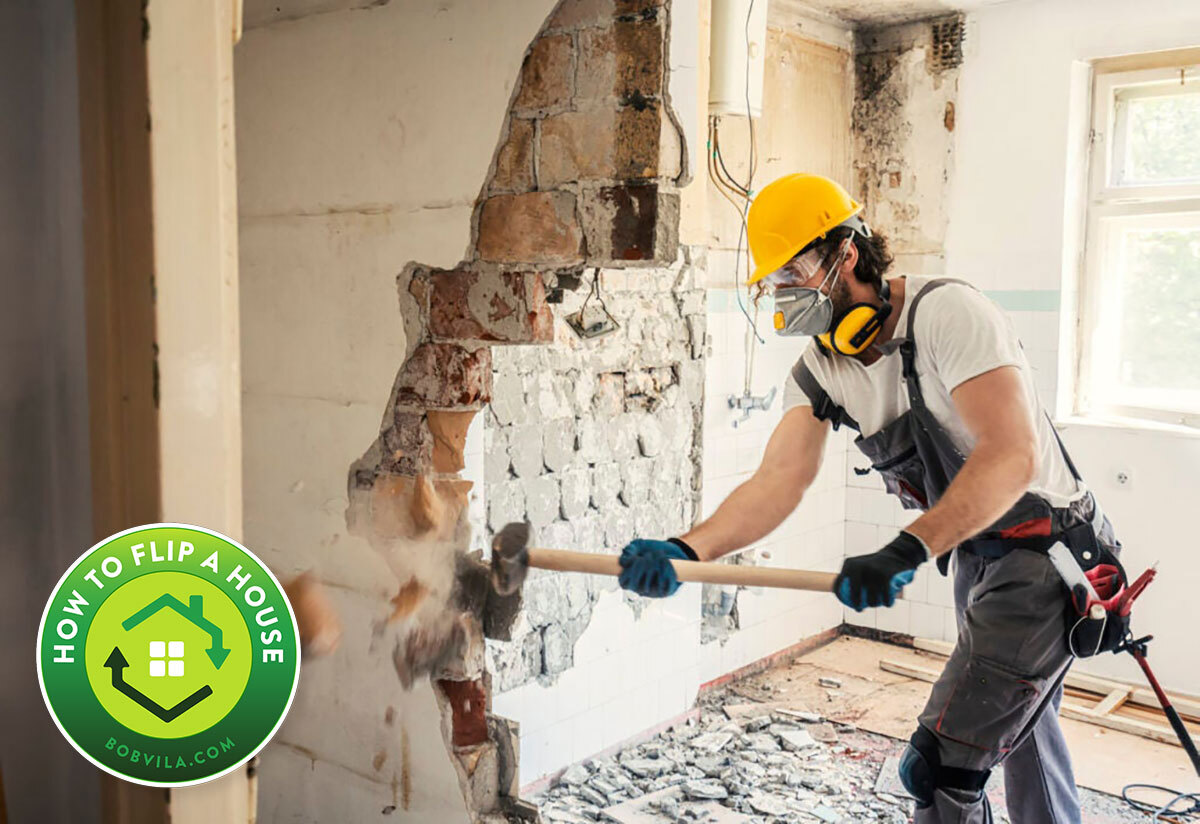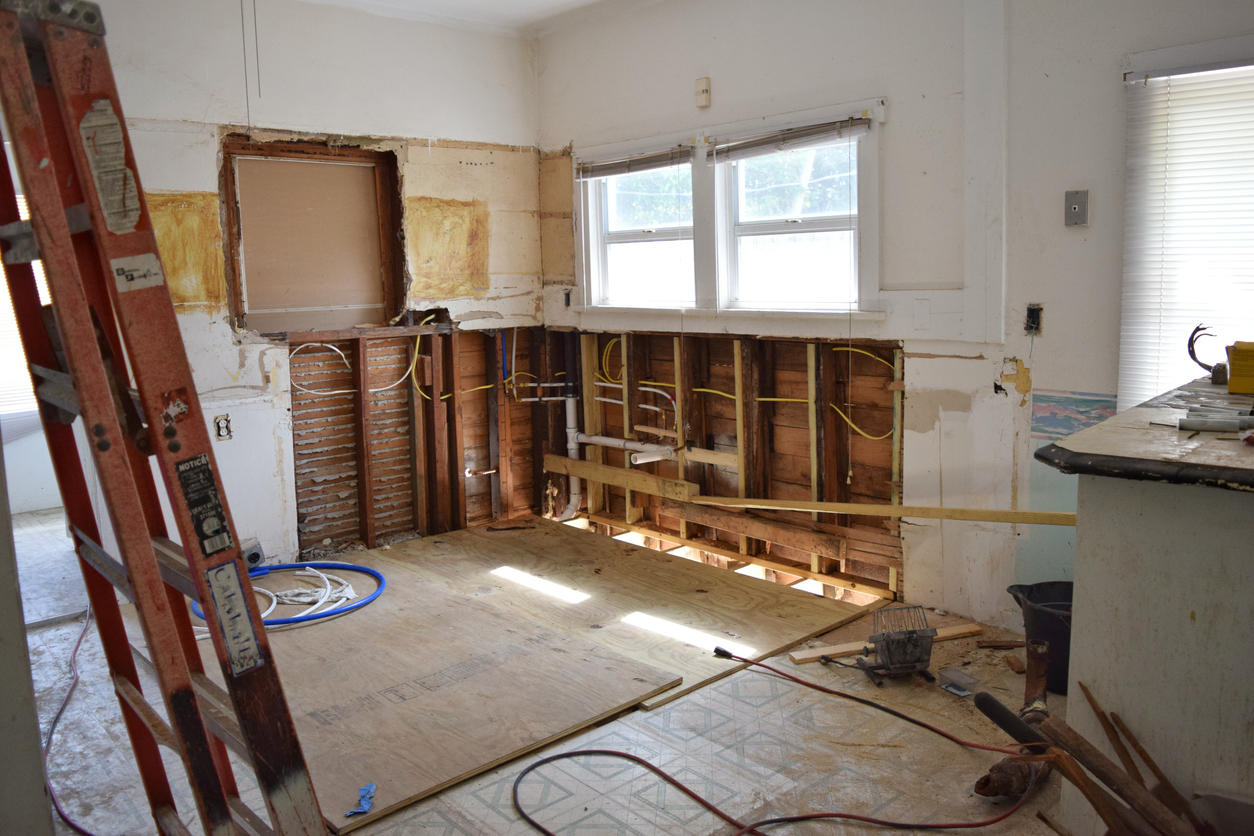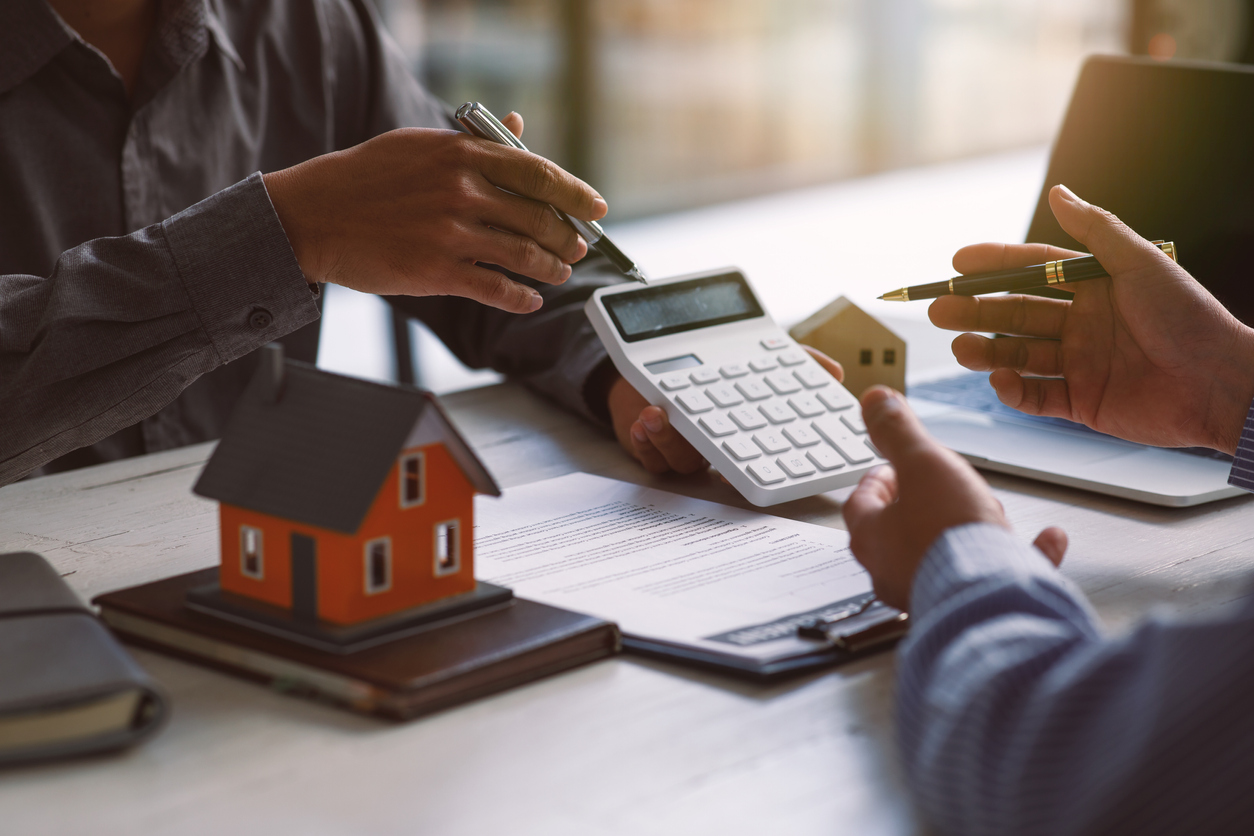

We may earn revenue from the products available on this page and participate in affiliate programs. Learn More ›
Welcome to Bob Vila’s Guide to House Flipping, a series dedicated to showing you the best places for house flipping, crucial steps for selecting a property, must-do upgrades and repairs, and surprising ways to reduce your costs to get the most from your house flipping sales. Here you’ll find fresh insights mixed with Bob’s tried-and-true advice, our vetted shopping guides, and the inside track to the right professionals to get your flip to the finish line.
In the world of house flipping, there is a common adage that many in the business live by when it comes to determining their potential profit margins. Known as the 70 percent rule, this guideline can play an important role in the success or failure of your flip. Many real estate investors use the 70 percent rule to determine if a house is worth the time and money it would take to flip. The basic principle is that a flipper should never buy a home for more than 70 percent of its after-repair value (ARV) while also factoring in the cost of renovations.
In this article, we’ll explain how the 70 percent rule works, offer tips for determining a home’s ARV, and outline exceptions to this popular guideline.
What is the 70 percent rule in house flipping?
How does the 70 percent rule work in practice? In order to use it, you’ll have to do some simple calculations. The equation is: “After-repair value (ARV) ✕ .70 − Estimated repair costs = Maximum buying price.
So, for example, if you estimate that a home’s ARV is $500,000, you would multiply that amount by .70, resulting in a price of $350,000. You would then subtract the estimated price of renovations. If you predict that the house requires $50,000 in renovations, then your maximum purchase price would be $300,000. While this isn’t a hard and fast rule, it does provide an easy way to estimate your potential profit on a flip.
Tips for Projecting After Repair Value

The most important factor when using the 70 percent rule is to determine the home’s ARV accurately. Overestimating a home’s ARV could result in a reduction in profits. In order to establish a realistic ARV, there are a few steps you can take.
- Determine the home’s “as is” value. The process of projecting ARV starts with estimating what the house is worth in its current condition. The as-is value for a home can be determined by getting estimates from local real estate agents or by comparing the home to other similar homes in the area that have recently sold. Consider having the home appraised in its current condition in order to establish an accurate “as is” value.
- Research comps in the area. Before considering a flip, you should be well-educated on your area’s current real estate market. Websites like Zillow and Trulia are great for doing research on what houses in your area are selling for. In order to estimate a home’s projected ARV, look at the sale prices of comparable homes that have been renovated in order to be move-in ready.
- Estimate the cost of repairs. Enlist the help of a contractor who can provide an expert opinion on what it would take to bring the home to its full potential. A contractor can tell you what materials they would use, the cost of those materials, and the approximate amount of time that it will take to complete the renovations.
RELATED: Solved! Who Do You Hire to Remodel a House? 4 Pros to Consider
Costs That Aren’t Included in the 70 Percent Rule
There are a number of additional costs to take into consideration when buying a home that are not factored in as part of the 70 percent rule. Some of the most significant costs are:
- Closing costs: These typically equal between 3 and 5 percent of the total cost of the home and include things like title insurance and attorney’s fees.
- Realtor fees: Typically 6 percent of the home’s sales price, these fees come into play when the house is listed for sale.
- HOA/condo fees: Some properties require additional monthly fees for management and maintenance.
- Transfer and conveyance fees: Taxes that must be paid when a property is transferred between owners.
- Financing costs: The costs incurred by using outside funding.
RELATED: 15 of the Cheapest Places to Buy a House in the U.S.
Final Thoughts

While the 70 percent rule is a useful way to estimate potential profits, it isn’t the only factor to consider when investing in a house to flip. Sticking to this guideline may be impossible in certain hot markets, where flippers may be forced to offer up to 85 percent of a home’s ARV in order to have their offer accepted. Always be sure to do market research before investing in a home to flip.
